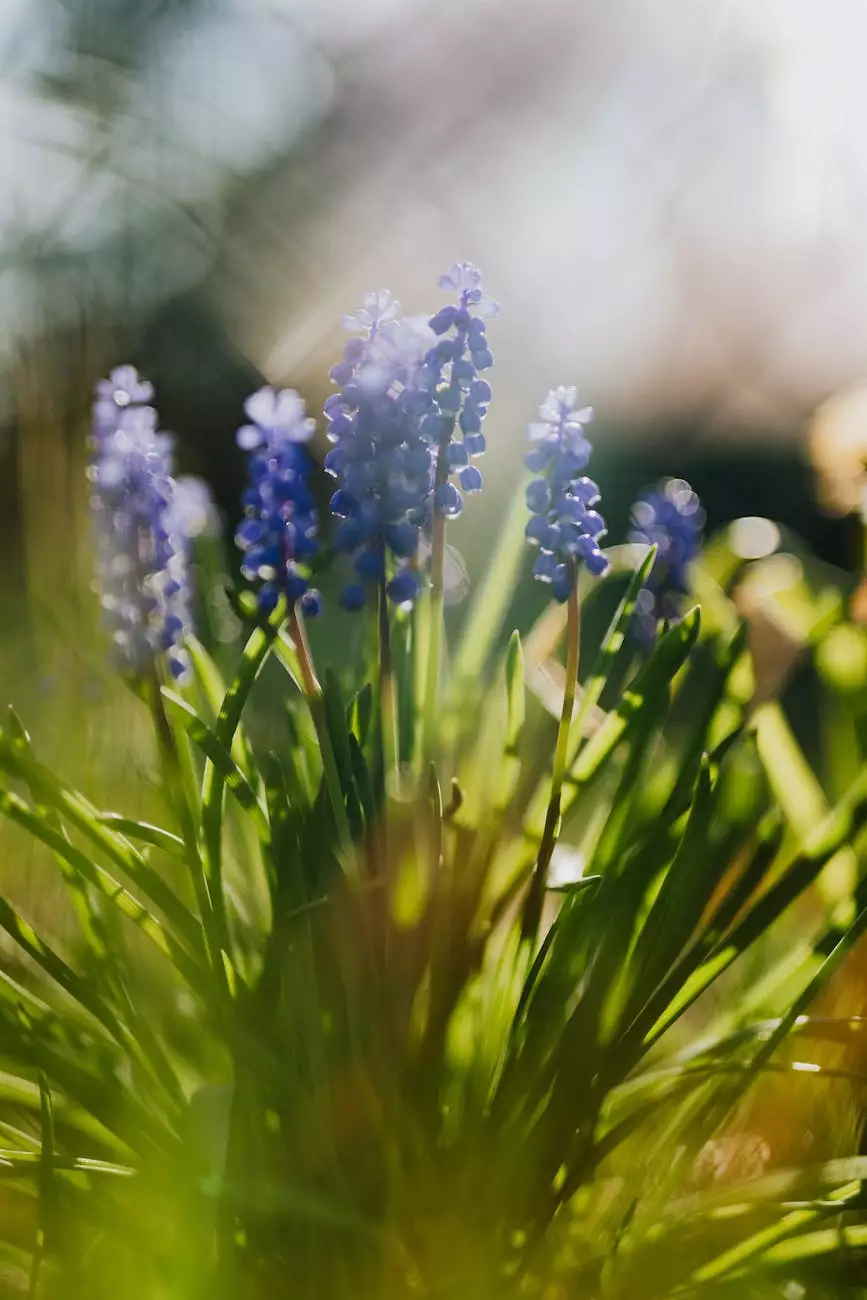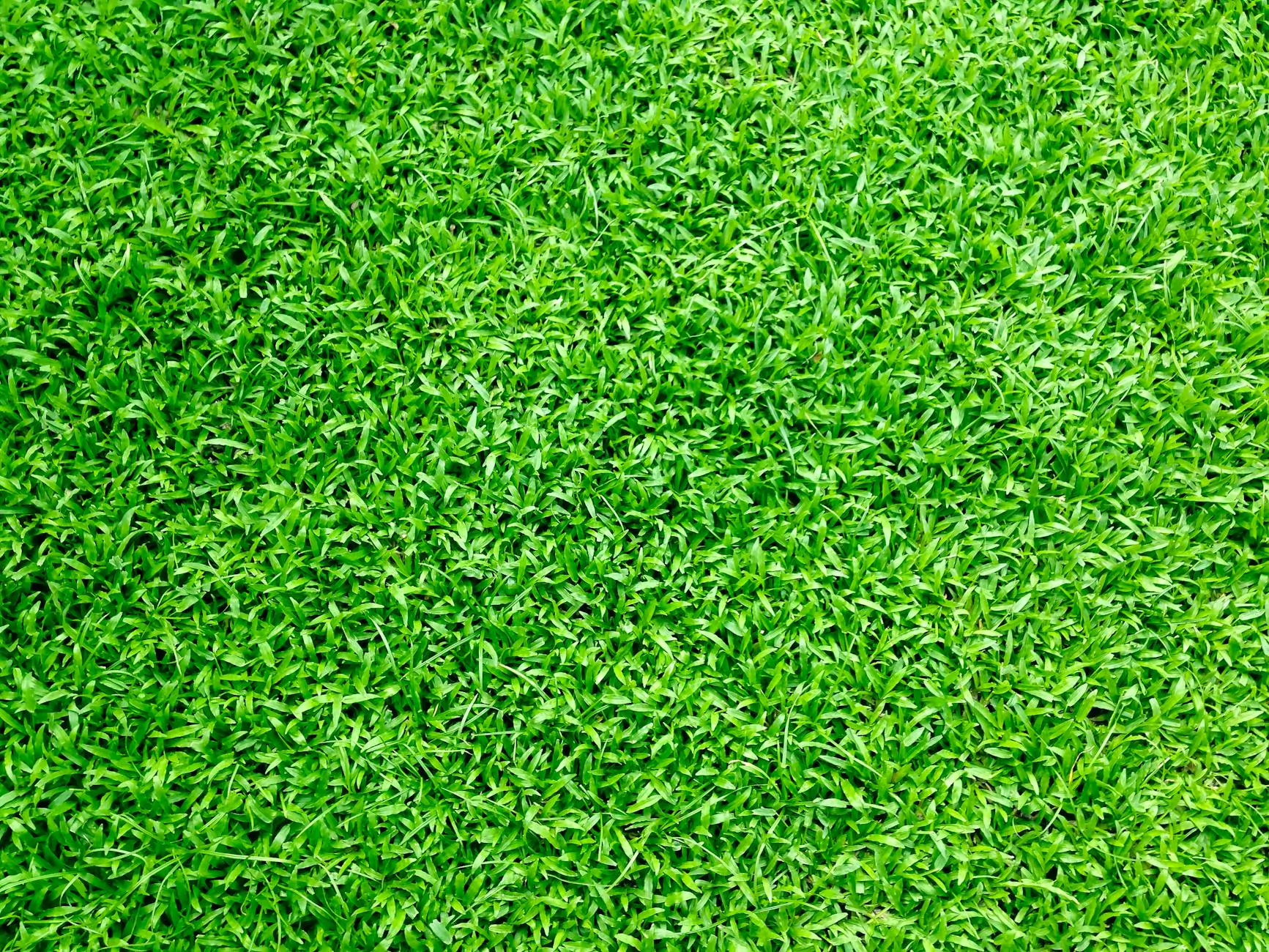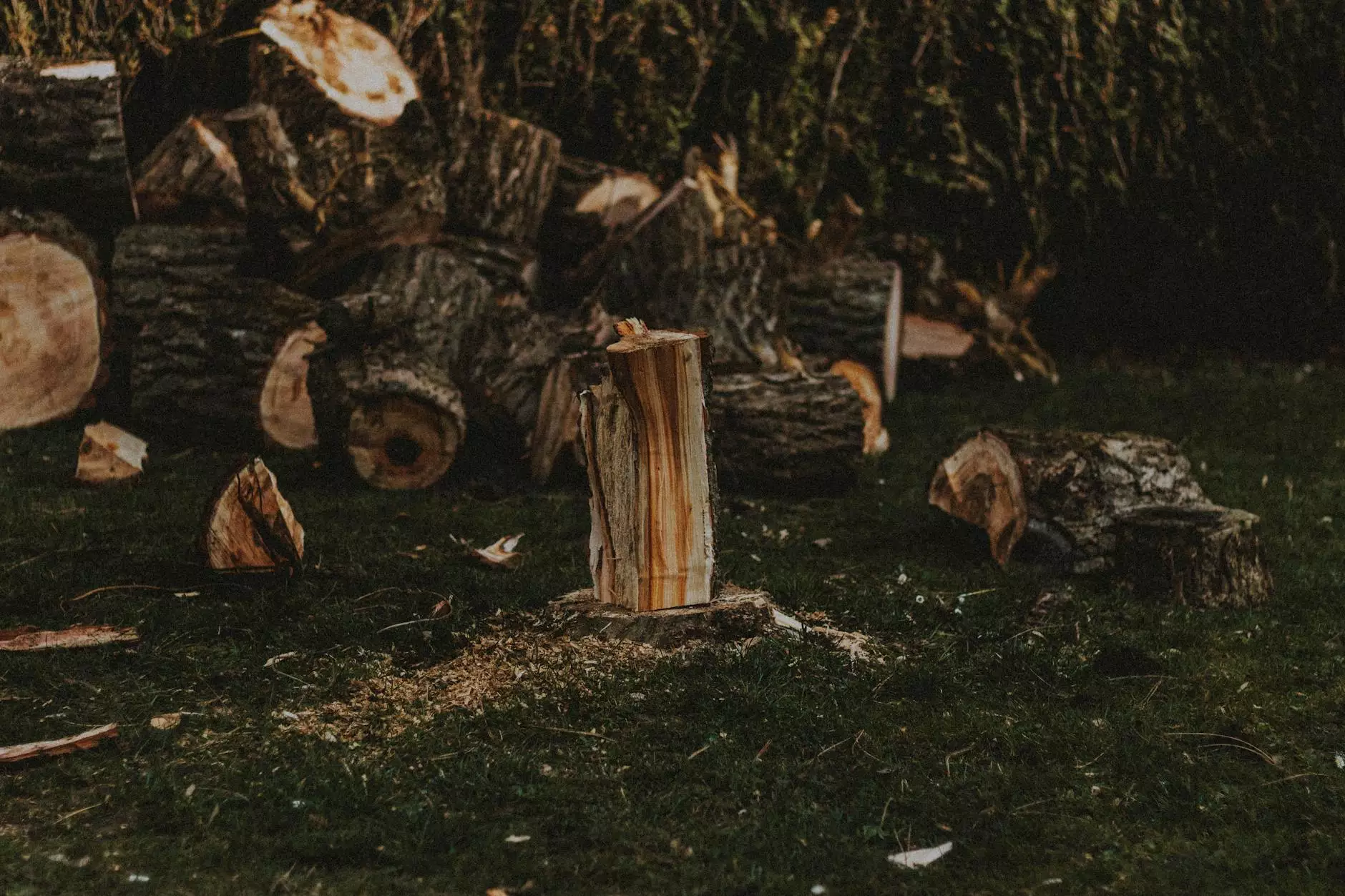Grape Hyacinth - Muscari armeniacum

About Grape Hyacinth
Grape Hyacinth, scientifically known as Muscari armeniacum, is a popular spring-flowering bulbous plant that belongs to the Asparagaceae family. With its vibrant blue-purple flowers resembling a bunch of grapes, it captures the attention of garden enthusiasts worldwide.
Origins and Characteristics
Grape Hyacinth is native to the eastern Mediterranean region and can be found in countries like Turkey and Armenia. It thrives in temperate climates and is widely cultivated for its ornamental value.
The plant typically grows to a height of 6-10 inches and produces clusters of small, bell-shaped flowers on sturdy, erect stems. These flowers consist of densely packed florets, which give them the visual appearance of a bunch of grapes, hence the common name.
In terms of color, Grape Hyacinth primarily displays hues of blue and purple but can also be found in white or light pink variants. The foliage consists of long, narrow, strap-like leaves that emerge from the base of the plant, creating an attractive green carpet beneath the blossoms.
Planting and Cultivation
Grape Hyacinth is known for its easy cultivation and low maintenance requirements. Here are some key insights into planting and caring for this charming spring-flowering bulb:
1. Location and Soil
Choose a well-drained location with full to partial sunlight for optimal growth. Grape Hyacinth thrives in a variety of soil types but prefers sandy loam soil enriched with organic matter.
2. Planting Time
Plant the bulbs in the fall, typically around September to October, before the first frost sets in. This allows the roots to establish before winter, ensuring vigorous blooming in spring.
3. Planting Depth
Plant the bulbs at a depth of 3-4 inches, with a spacing of around 2-3 inches between each bulb. Ensure that the pointed end faces upward when planting.
4. Watering and Maintenance
Grape Hyacinth requires regular watering during its growing season, especially when the weather is dry. However, avoid overwatering, as excessive moisture can lead to bulb rot. Mulching around the plants helps retain moisture and suppresses weeds.
After the flowers fade, allow the foliage to wither naturally, as the green leaves provide nourishment to the bulbs. Avoid cutting or removing the foliage until it turns yellow or brown.
Uses and Benefits
Aside from their enchanting beauty, Grape Hyacinth plants offer several benefits and uses within the realm of gardening and landscaping:
1. Ornamental Value
Grape Hyacinth's vibrant flowers and lush foliage make it an excellent choice for gardens, borders, rockeries, and even container plantings. It adds a burst of color and creates a charming visual contrast when combined with other spring-flowering bulbs.
2. Naturalizing Effect
With their ability to self-sow and spread over time, Grape Hyacinth bulbs can create a naturalizing effect in lawns and open areas. When left undisturbed, they form dense clusters, forming a captivating sea of blue or purple during the blooming season.
3. Pollinator Attraction
Grape Hyacinth flowers produce nectar, attracting pollinators like bees and butterflies to your garden. By planting these bulbs, you contribute to the well-being of important pollinator species and support a healthy ecosystem.
In Conclusion
Grape Hyacinth, or Muscari armeniacum, is a delightful flowering plant renowned for its grape-cluster-like flowers and rich blue-purple hues. Cutting Hedge Services is delighted to provide comprehensive information on Grape Hyacinth, including its origins, characteristics, and tips for successful cultivation.
Whether you are a seasoned gardener or just starting, adding Grape Hyacinth to your landscape will undoubtedly enhance its beauty. Its inherent charm, low-maintenance nature, and multiple uses make it a fantastic addition to any garden or outdoor space.




